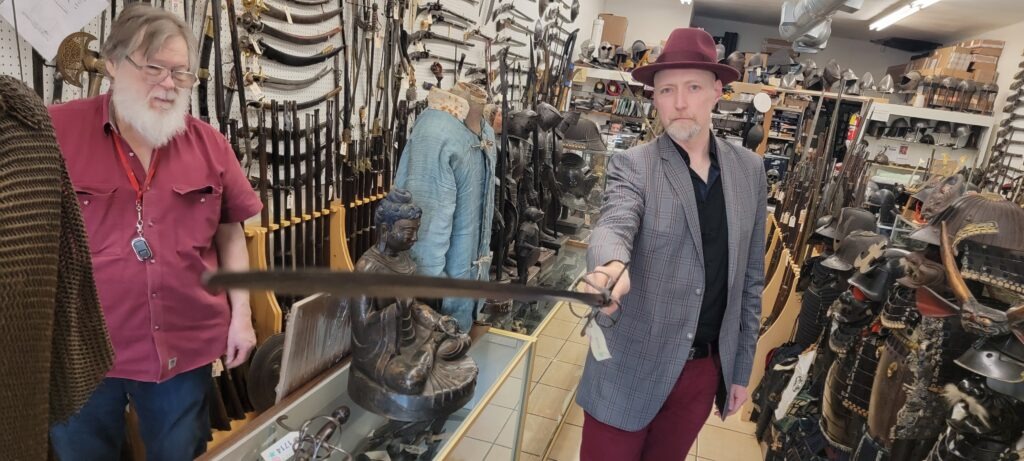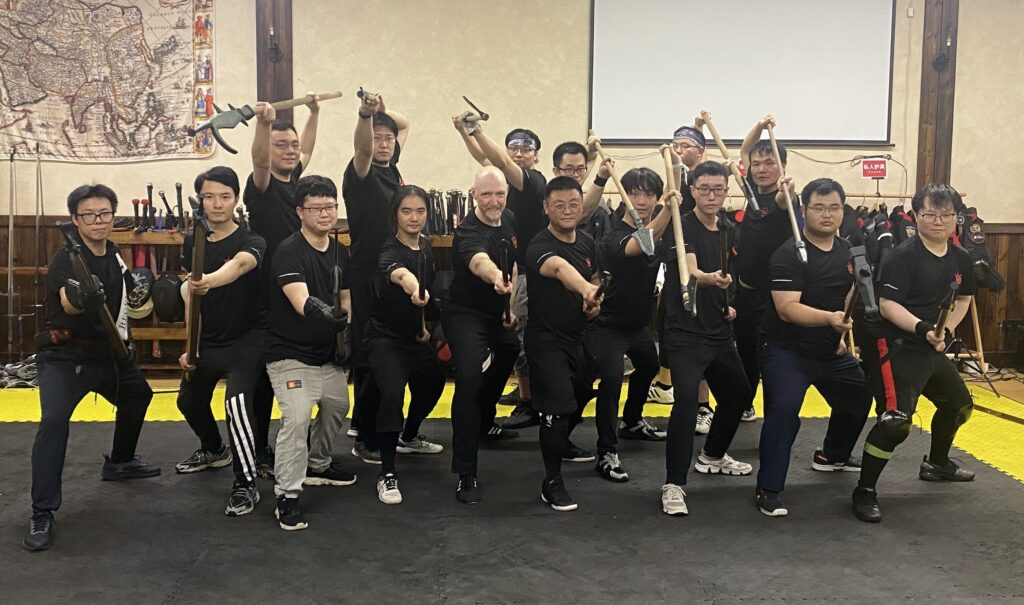Arms and Armour of the Chimei Museum
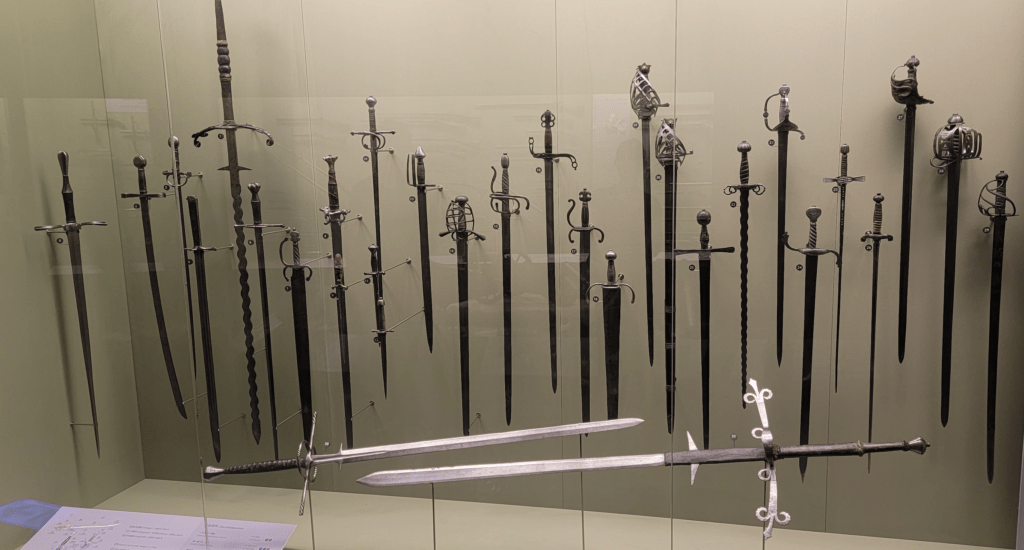
About 300 kilometers (186 miles) south of Taipei is the tropical beach city of Tainan. Known for its good food, vibrant night markets, and richly mixed cultural heritage. Tainan was the first landing and settlement site for the Dutch presence on the island of Taiwan (known to them as Famosa Island) in the 17th century.
The Dutch East Indies company built a base of operations at Tainan called Fort Zeelandia and controlled much of the island from 1624 to 1662 except for a brief period where the Spanish also controlled a northern section of the island.
In 1661 the famous Chinese folk hero Zheng Chenggong, known as Koxinga, laid siege to the fort. After 9 months both sides were struggling with starvation and flagging morale. Fortunately for Koxinga, a German mercenary betrayed the fort, revealing to Koxinga weaknesses in the defenses that allowed him to capture a vital outpost and force a surrender. This led to the expulsion of the Dutch and the establishment of a new Ming dynasty-aligned kingdom on the island. The Dutch who retreated to Batavia (modern day Jakarta) never retook Fort Zeelandia.
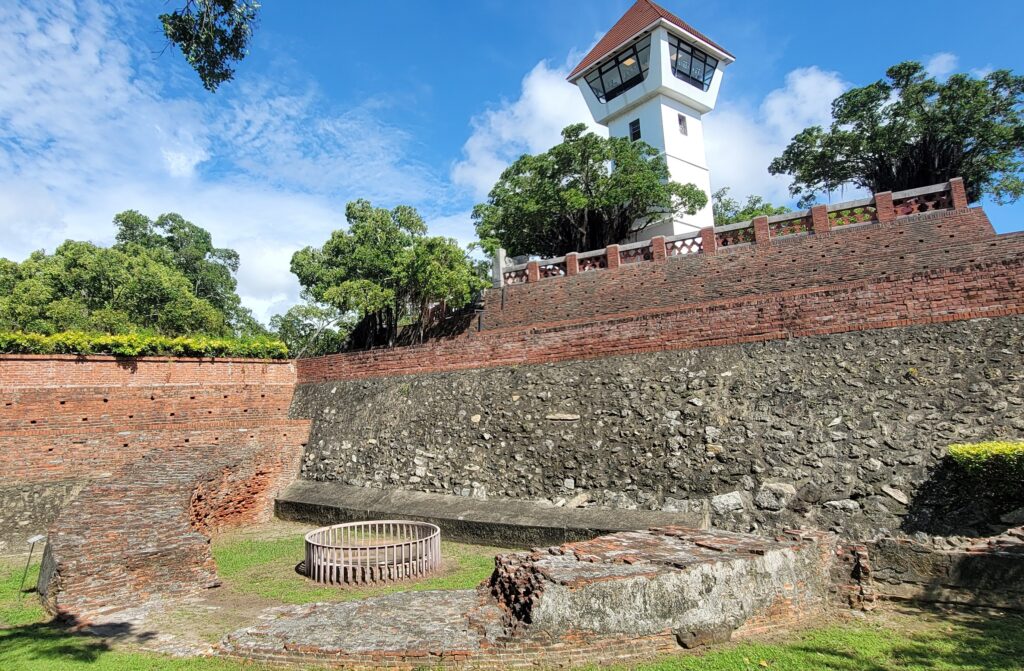
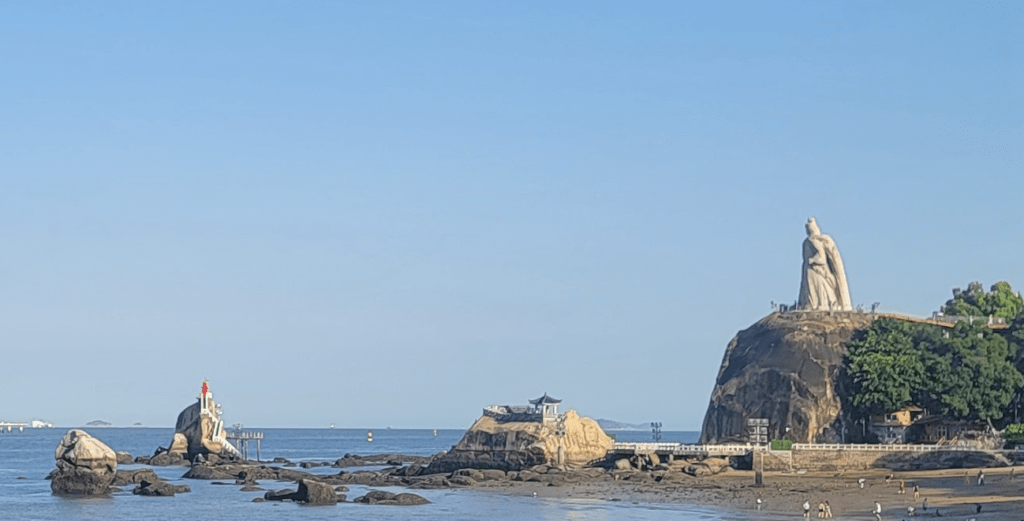
Since then both the Ming and Qing dynasties have controlled the island, and then the Japanese up until the end of WWII. There was even a brief period of British and French conflict on the island in 1884 and 1885, while both countries vied for control in Southeast Asia.
The Chimei Museum in Tainan
It seems fitting with all of the various European influences on the island that Taiwan would be the site of one of Asia’s largest European Arms and Armour collections at the Chimei museum in Tainan.

I had the pleasure of a personal tour from the head of the arms and armour gallery, Mr. Tsai, where we discussed the context and usage of the various types of weapons in their collection.

The challenge that many museums have with their arms and armour collections is having an understanding of the their items as artifacts and works of art but little understanding of their role functionally as weapons and their cultural place in their societies of origin.
The Chimei museum has a beautiful and extensive collection that they’ve acquired throughout Europe and in some cases from within Asia. I enjoyed speaking with Mr Tsai about the evolution of warfare and culture in Europe that moved swords off the battlefield and largely into the realm of duelling.
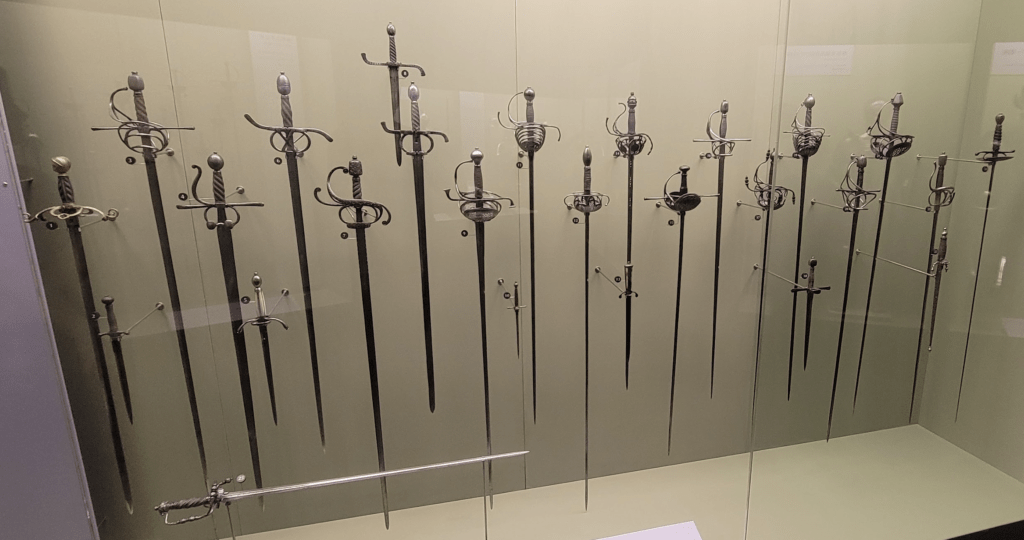
I shared how daggers eventually replaced shields as the preferred secondary as swordplay became more focused on thrusting rather than a mix of cuts and thrusts. Daggers were better at controlling the thinner thrusting swords, a thrust from one of these weapons into a buckler was apt to hit the buckler and then glance off into another target.
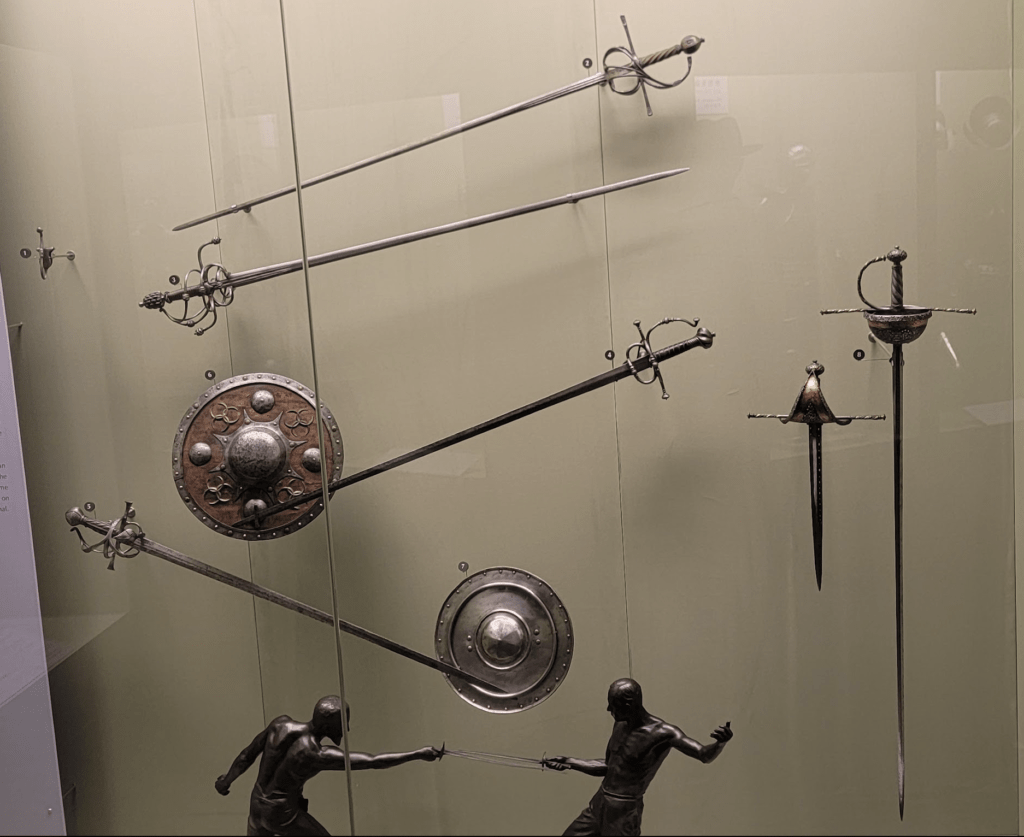
We also explored their medieval collection which included displays on armour from their era of knights and jousts to the half-armours of the time of firearms. They have some great videos on the usage of medieval weapons put together by an unnamed group in Germany that looked pretty decent. I encouraged them to develop deeper relationships with HEMA groups both locally and abroad who could put on some live shows in the museum, like Chivalry Today does at the Getty Museum in LA. They’re interested!
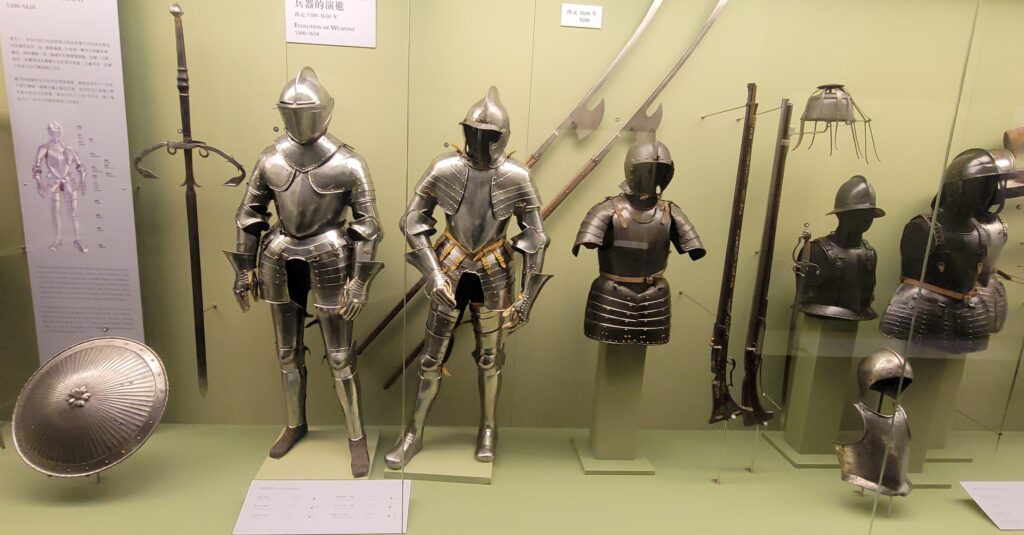
Thank You to the Chimei
It was a great tour with much more to see than the few photos I’ve included here. I enjoyed learning about their collection and filling in what details I could about how these weapons fit into European society both militarily and in duelling culture. I’m looking forward to going back and to being a part of the next version of this collection due to launch in 2027.
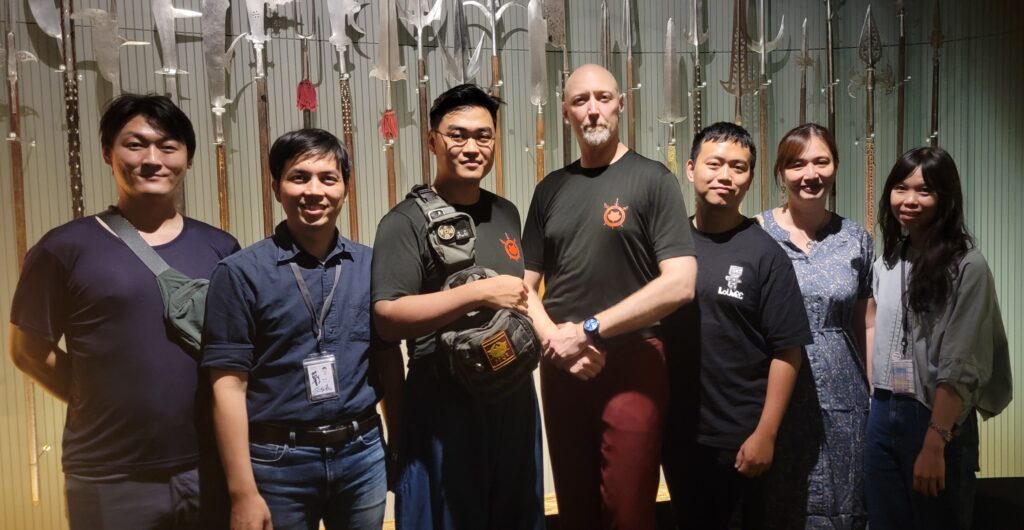
If you have a chance to visit the Chimei museum, I highly recommend that you do. Beyond arms and armour they also have a beautiful selection of medieval to classical paintings, sculptures, furniture, and instruments.
